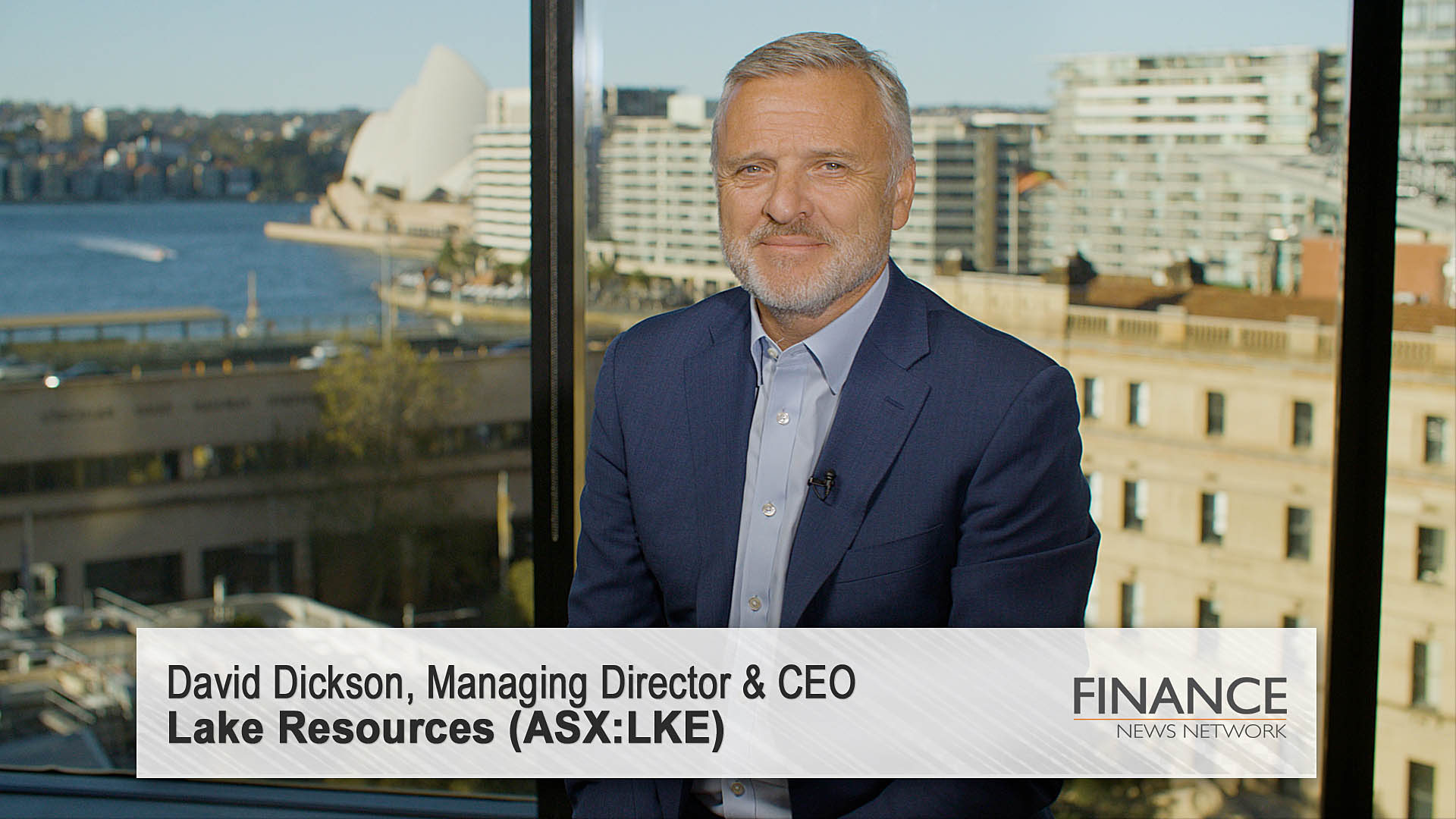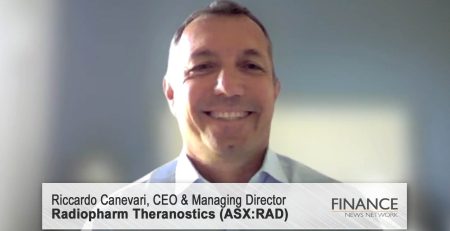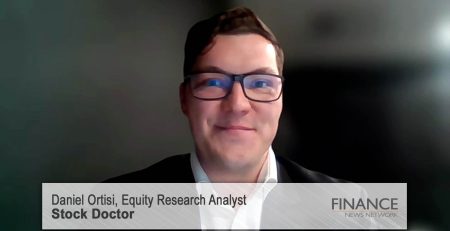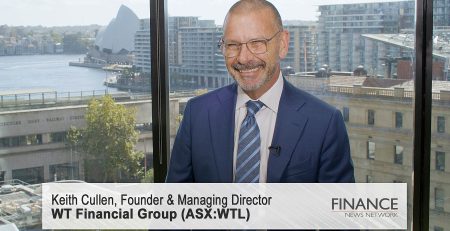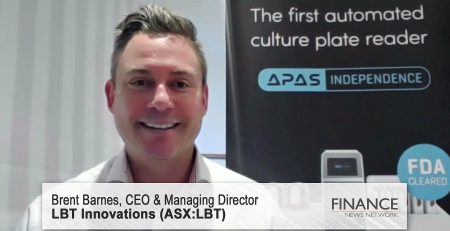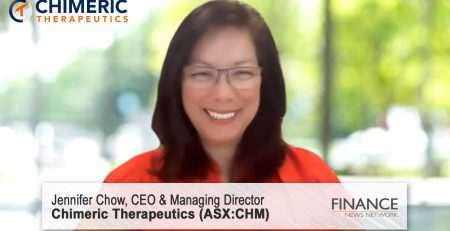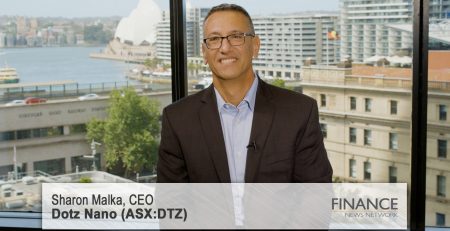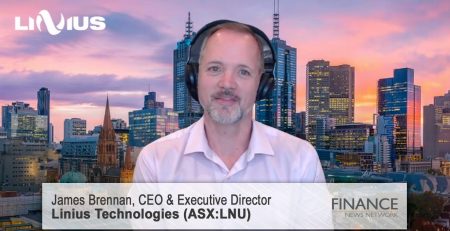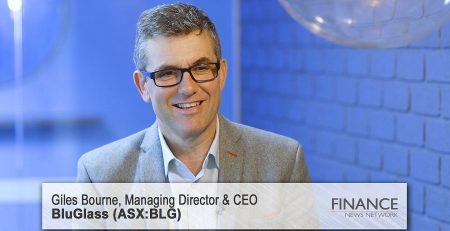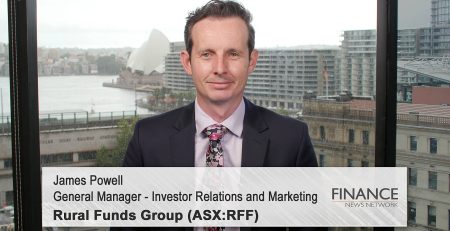Lake Resources (ASX:LKE) announces two-phase production strategy for battery-grade lithium carbonate
Lake Resources Limited (ASX:LKE) Managing Director David Dickson discusses the company's two-phase strategy.
Paul Sanger: We're talking today with Lake Resources (ASX:LKE). If you don't know the company, ASX code "LKE", market cap of $650m. The company is a clean lithium developer of utilising clean direct lithium extraction technology for the development of sustainable high-purity lithium from its flagship Kachi project in Argentina. We are joined today by David Dickson, who is the company Managing Director. David, welcome back to Sydney.
David Dickson: Thank you.
Paul Sanger: David, let's start by asking, as Lake is leading the charge on a revolutionary style of lithium development, does that responsibility sit heavily on the Lake team's shoulders?
David Dickson: I wouldn't say it kind of sits heavily. I mean, what we're doing is, with Lilac, taking this ionic exchange DLE (direct lithium extraction) method and obviously taking it into our project. So, I don't think there's a heavy responsibility. In fact, I would spin it the opposite way. We've pulled a very strong technical team together who are actually really excited about taking this new technology from Lilac and actually putting it into operation. So, I don't think it's a heavy responsibility, I think it's more an excitement that we've got an opportunity to really change the lithium extraction business.
Paul Sanger: David, you are treating this more like an oil and gas development rather than a traditional brine development. What similarities does the brine reservoir possess with an oil and gas reservoir thermodynamically?
David Dickson: I often say this is more like an oil and gas project than it is about a mining project, and it's probably less about the reservoir and it's more about the actual building the facility. From a reservoir basis we're transporting fluid, we're transporting brine. The upside of that is we're not transporting hydrocarbons, which comes with other safety requirements, etc. But, from an oil and gas perspective, what's attractive here is that we're building out a specialty chemical plant, so more like a petrochemical facility. So that's why I quite often talk about it's very similar to oil and gas. At the same time, we're also, on the upstream side, we're drilling, recovering brine and so quite similar to the upstream side of oil and gas space.
Paul Sanger: So, David, what technology expertise, both exploration- and development-wise, does the oil and gas industry bring to the DLE landscape?
David Dickson: Yeah, so kind of what I was saying before. I think that we're drilling wells, not particularly complicated wells compared to oil and gas. So, the team that we've assembled, we've got people who have got experience in drilling in both mining and oil and gas. And then as we go through the process, we then move into the process plant side of the project. And the team that we hired are people that are coming from oil and gas, who have been involved in large-capital projects, process-, plant-type projects. So, that's kind of where we've been bringing it.
Now, in my remarks when we announced the change, I heavily emphasised that an important part of our team is having the combination of both mining expertise and oil and gas expertise, and I've been working hard to pull that together. So, very happy with the team that we pulled together and the capabilities.
Paul Sanger: David, what are the benefits of adding one module at a time from a risk perspective?
David Dickson: As we looked at this project, originally the plan for Lake was to build this one-off 50,000-tonne plant. And when we sat back and looked at it, we saw it was fraught with a lot of risk. Now, coming from oil and gas and then particularly the LNG world, how we deal with these issues is to build these plants in smaller forms. So, we are going to phase this project into two times 25,000 tonnes, and then each 25,000 tonnes, we're going to shrink that down to two trains of 12,500 tonnes. So, the benefit of that is, really as we progress through, is that we start to get the lessons learned. And by the time we get to train number four, we should be experts at building this thing.
Now, it also has a lot of other benefits regarding the risk. There's a lot of benefits regarding access to supply chain. There's benefits around design one, build many. So, there's a number of advantages to this. And it's not a new concept. It's been used in oil and gas for many, many decades. So, very comfortable on the concept that we've selected.
Paul Sanger: David, discussions with export and credit agents that you've already announced, are they in acceptance of the slower but the surer approach that you announced today?
David Dickson: Before we announced the new concept today and the new schedule, we spent a lot of time with all our stakeholders that are under NDA. So, with Lilac, who obviously are a part of this, but the ACAs, the banks and offtakers.
From a banking perspective, there's a lot of support of this, mainly from the fact that we're derisking. And if you're a bank that's about to provide financing to a project like this, any way that protects the downside is going to be supported by the bank. So, we've been discussing at depth the banks and, as I said, they've been very, very supportive. There's good reasons why we're doing it this way.
Paul Sanger: David, yes, by implementing this strategy, timelines and ramp up of production have blown out. But on the flip side, this more methodical approach virtually derisks the project and ensures DLE will have a significant impact on the future of clean lithium production and the lithium global supply chain post 2030. Lake has clearly put brine and spodumene producers on notice. Would you agree?
David Dickson: Yeah, I think so. We're not so much focused about what our competitors are doing. We're more focused on what we are doing, and we are very supportive and really want to drive through utilising DLE methodology for obviously extracting brine. In our announcement today, we spoke a lot about the environmental advantages of DLE, and we can see that in the future the industry's going to have to come down a path where we need to look at how we extract lithium in a responsible way. And that's really going to be our mantra moving forward. And I think other parts of the industry are going to look at this very carefully.
Paul Sanger: David Dickson, many thanks.
David Dickson: Thank you.
Ends
Copyright 2023 – Finance News Network
Source: Finance News Network

